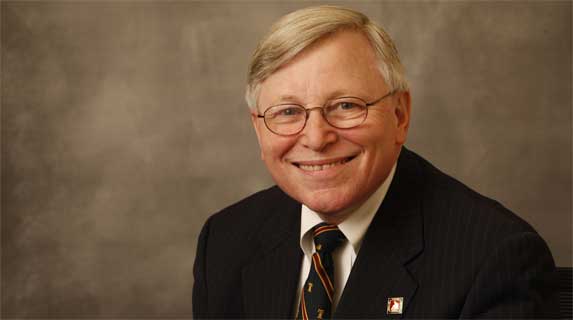On Tuesday, April 20, Justice John Paul Stevens became the second justice to sit on the Supreme Court at age 90. He has announced his retirement at the end of the current term (about July 1).
Under article II of the Constitution, the President nominates Supreme Court justices, subject to the advice and consent of the Senate. There have been 111 justices nominated by a President nominated and confirmed by the majority vote in the Senate. One of the most acrimonious fights and narrowest margins ever was the 52-48 confirmation of Justice Clarence Thomas in 1991. That nomination demonstrates just how politicized the process has become. All 100 Senators voted “party line,” with 52 Republican Senators voting to confirm and 48 Democratic Senators voting to reject.
On 12 occasions, a President nominated and the Senate rejected a nominee. On ten occasions, a nominee withdrew from consideration, usually because it became clear the nominee would not be confirmed (most recently, the withdrawal from consideration by White House Counsel Harriet Miers). On 13 occasions, the Senate failed to take action on a nominee, which became the equivalent of rejection. Thus, 146 people have been nominated to the Supreme Court — 111 have served; 35 never got that far.
There is usually less of a fight over a Supreme Court nomination when the President and Senate are of the same political party. This is the case now. However, with election of Republican Senator Brown to fill the seat previously held by Democratic Senator Kennedy, Democrats in the Senate have been reduced from 60 to 59, meaning no nomination is immune from filibuster. The only Supreme Court nominee successfully filibustered was Justice Abe Fortas, who was nominated by President Johnson to become Chief Justice. Democrats could not break the Republican filibuster. Eventually, Justice Fortas withdrew his nomination.
President Obama must decide whether to appoint an individual who is (1) slightly or somewhat on the political left side, or (2) considerably or extremely on the political left side. It is my guess that the President would prefer (2) over (1). However, it also my guess that the death of one of the most liberal Senators of all time will, in net effect, will cause the President to nominate someone who, although liberal, is not as liberal as the President would prefer.
Stay tuned. In future blog posts, I will discuss (1) President Obama’s speculated “short list” of nominees; (2) racial, religious, national origin, and gender make-up of the Supreme Court; (3) Supreme Court appointments of the last half century; (4) Presidential election of 1952, Justice Earl Warren, and Brown v. Board of Education; and (5) Presidential election of 1800, Marbury v. Madison, and how this whole process got started.
Professor Byron L. Warnken
University of Baltimore School of Law
Warnken, LLC, Attorneys-at-Law

Comments on this entry are closed.